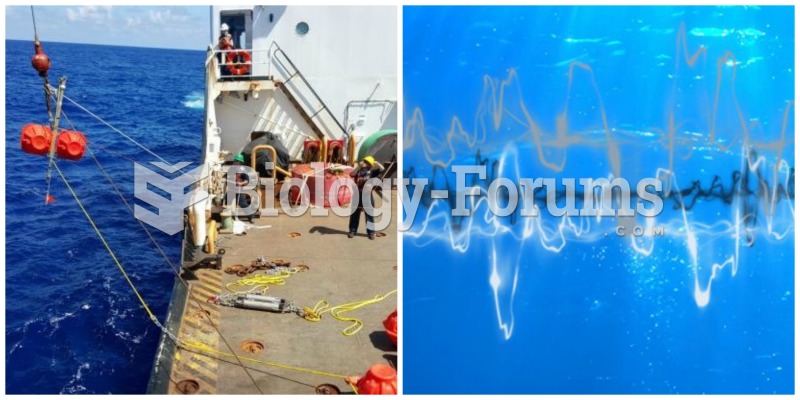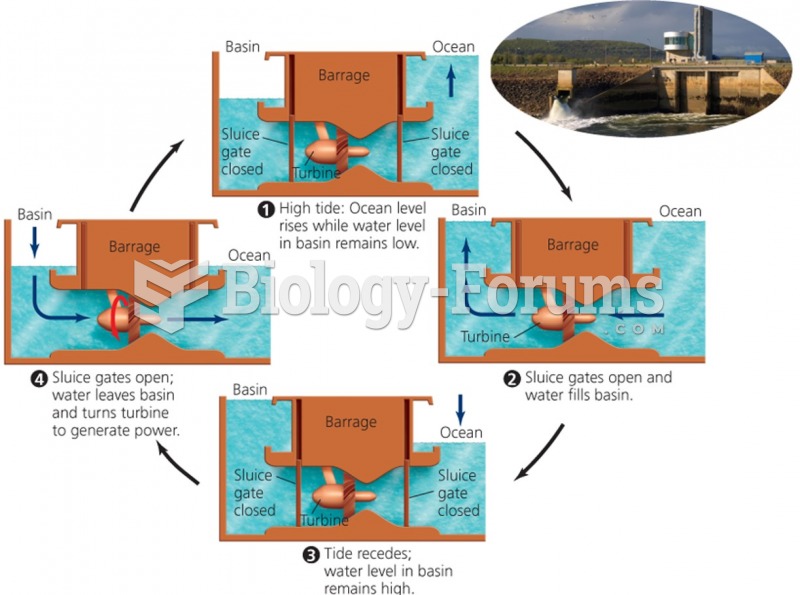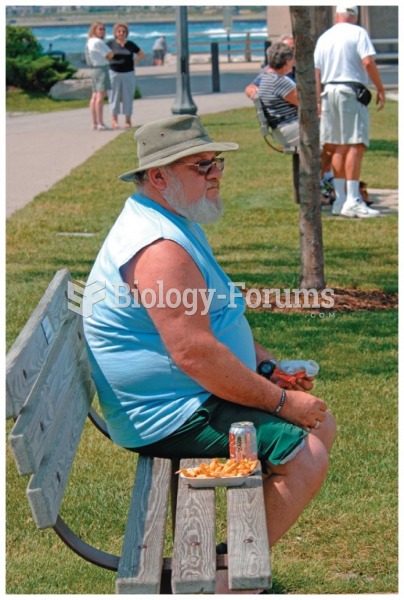Answer to Question 1The fastest water movement in a gyre occurs at its periphery. Current flow at the centers of
gyres is minimal. Water in these areas tends to be relatively high in salinity and supports
relatively little life. Winds are light, and floating material tends to collect in the low energy
center of the gyre. There are usually few islands on which the floating material can beach, so
it stays there in the gyre. Much of this material is natural, such as Sargassum, a large marine
alga (seaweed) that can grow unattached to a solid object. Gyres can contribute to ocean
pollution by collecting trash, such as plastic and other debris that circulate in the centers of
gyres. The North Pacific subtropical gyre covers a large area of the Pacific. This area, about
the size of Texas, has been dubbed the Asian Trash Trail, the Trash Vortex, or the
Eastern Garbage Patch. A smaller western Pacific equivalent has formed midway between
San Francisco and Hawaii and another lies off the east coast of the United States. One
researcher estimates the weight of the debris trapped in gyres to be about 3 million metric
tons.
Answer to Question 2Without the Coriolis effect, water currents would form a regular and symmetrical gyre.
However, because the Coriolis effect is strongest near the poles, water flowing eastward at
high latitudes turns sooner to the right (clockwise), short circuiting the gyre. And because
the Coriolis effect is nonexistent at the equator, water flowing westward near the equator
tends not to turn clockwise until it encounters a blocking continent. Western boundary
currents are therefore faster and deeper than eastern boundary currents, and the geostrophic
hill is offset to the west.







